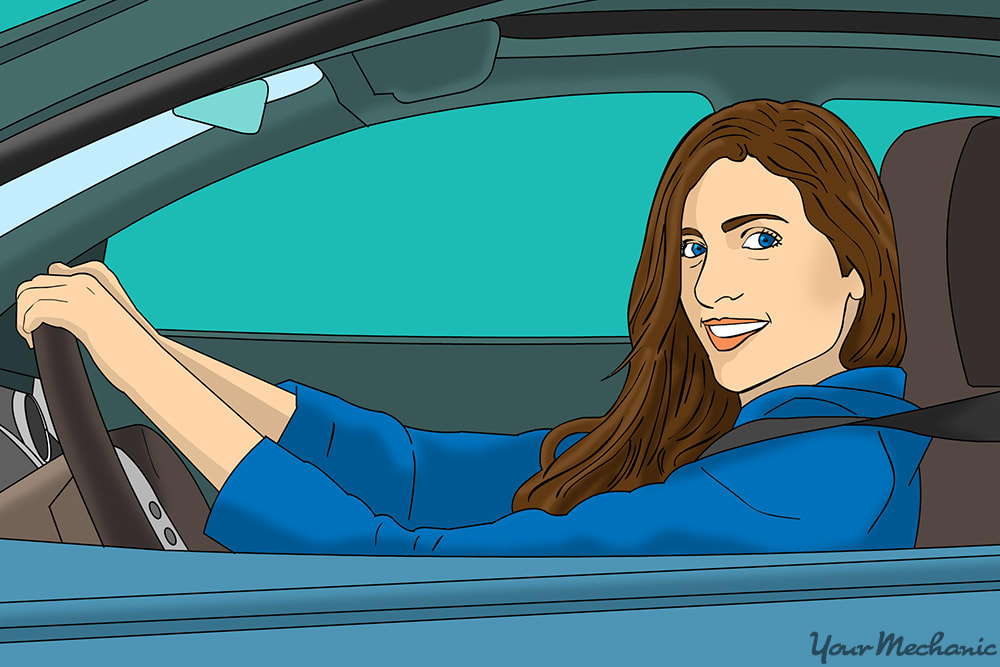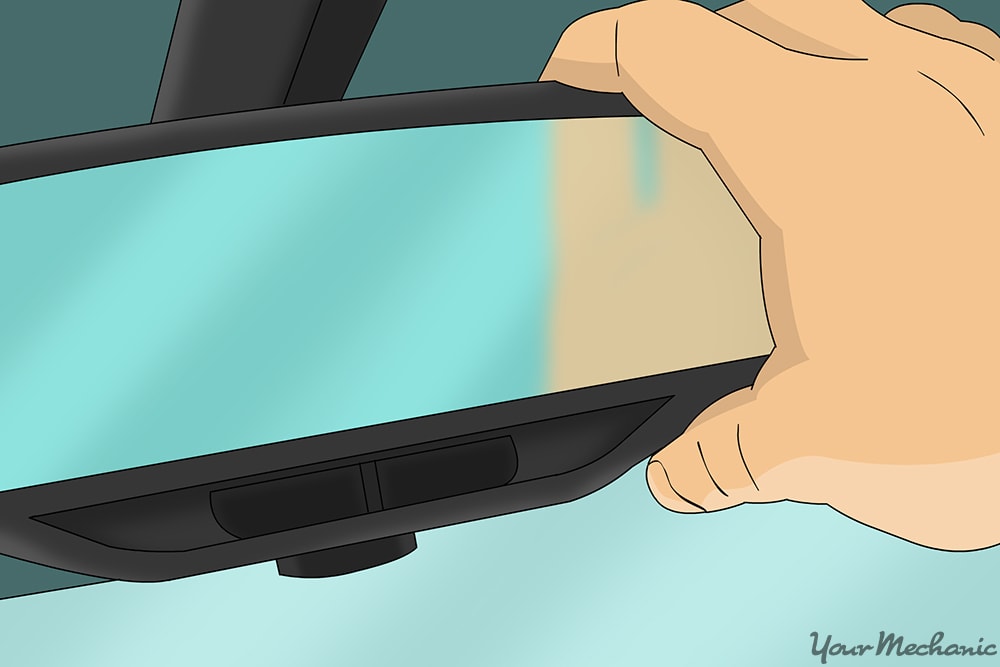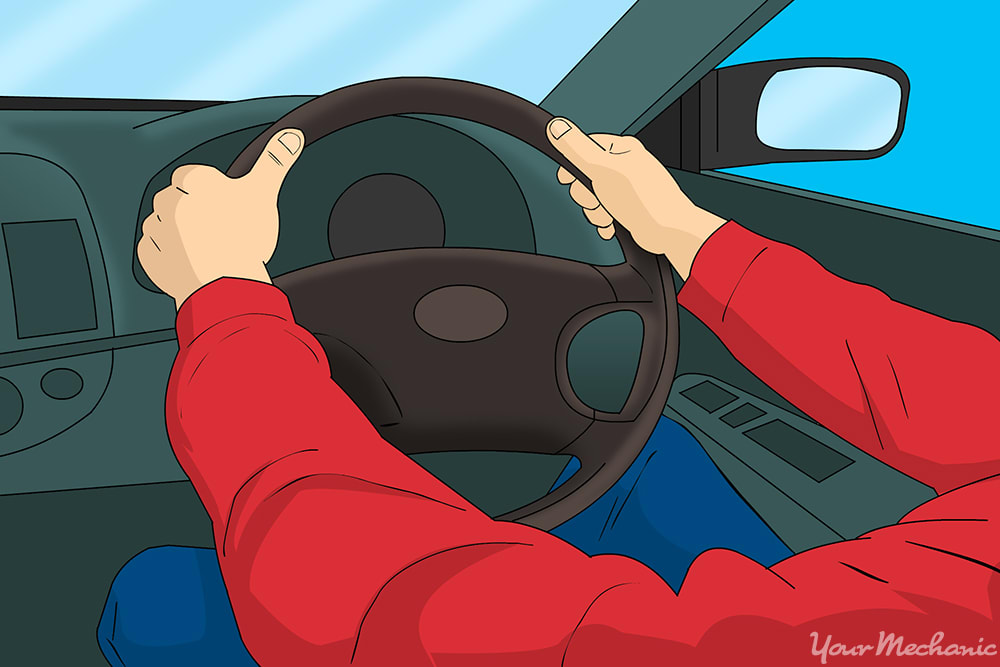

It goes without saying that getting into an accident is unfortunate for numerous reasons. The biggest downside of an accident is obviously the injury and trauma that it can cause to you and your passengers, but there are many other negatives as well. An accident is a large hassle, as you have to exchange insurance information, fill out a police claim, and deal with getting your car repaired. Repairs will likely cost you money, and an accident often raises your insurance rates. All things considered, accidents are bad news across the board.
All that is to say, that it pays to be a good defensive driver. A defensive driver is one who is able to react to their surrounding drivers, and avoid collisions and accidents that many other people wouldn’t be able to avoid. Being a good defensive driver can save you money, and even potentially save your life.
Thankfully, anyone can become a good defensive driver by adding a few easy habits into their driving. If you do, you, your wallet, and your car will be thankful.
Part 1 of 2: Set your car up for defensive driving
Step 1: Have working brakes and frequent maintenance. Make sure your brakes are working well and you are having regular inspections.
No matter how good of a defensive driver you are, nothing can protect you if your vehicle stops working. You should make sure that your brakes are always working well, as they are the most important safety feature on your vehicle, and the key to being a safe defensive driver.
Always have a certified mechanic change your brakes when they’re getting worn out.
Step 2: Have working lights. Make sure all of your lights are working and being used.
Part of being a defensive driver is reacting to the drivers around you. However, part of it is also making sure that they can react safely to you.
A big part of that is making sure that all of your lights are working. Once a month, check to make sure that all of your lights – your headlights, fog lights, high beam lights, brake lights, and turn signal lights – are working. To do this, ask a friend to stand outside your vehicle while you turn on all the different lights.
Anytime you notice that some of your lights aren’t working, have them fixed. This is especially imperative if your headlights or brake lights are not functioning properly.
- Tip: In addition to having working lights, make sure that you always use your headlights and turn signals.
Step 3: Adjust your mirrors. Always adjust your mirrors before driving.
While most safety features are high tech, mirrors are not; however, they’re still among the most important safety features on your vehicle. Side view mirrors play a key role in helping you eliminate blind spots, while rearview mirrors help you know where your surroundings are at all times.
Before driving, always adjust both side view mirrors and your rearview mirror, so that you have maximum visibility.
- Tip: While you’re adjusting your mirrors, be sure to adjust your seat and your steering wheel so that you’re comfortable and have a safe range of movement.
Part 2 of 2: Drive carefully and defensively
Step 1: Stay awake. Never drive unless you are completely awake.
A lot of people try to push through drowsiness when they’re tired. Unfortunately, this is one of the most dangerous things that you can do behind the wheel of your car. If you find yourself feeling tired, pull over and exercise or see if you can get someone else to drive for you.
While you should never drive when drowsy, there are a few things you can do to help stay awake if you are driving while feeling a little sleepy. Try rolling down the windows, playing loud music, and drinking both water and caffeine.
Step 2: Keep your eyes moving. Constantly move your eyes to stay aware of your surroundings.
A key part of being a good defensive driver is knowing where your surroundings are at all times. In addition to looking at the road, constantly look in your side and rearview mirrors. Look out the windows and in your blind spots, and pay attention to any sensors in your vehicle that alert you to nearby cars.
Step 3: Stay with the speed of traffic. Don’t drive too much faster or slower than the speed of traffic.
When you’re driving on the freeway, try to drive at the flow of traffic. If you drive faster than everyone else, or slower than everyone else, the differences in your speeds will give you less time to adapt to what they’re doing.
Step 4: Pay full attention. Give the road your undivided attention.
When you’re driving, always give the road your complete attention. Don’t text or mess around with your phone. Don’t try to eat or pay attention to the movie your passenger is watching. Pay attention to the road, the cars around you and nothing else.
Step 5: Maintain proper driving form. Keep your hands on the wheel and your feet on the pedals.
A key part of safe driving is being able to react quickly to any adversity. If a car attempts to merge into you, or the vehicle in front of you slams on their brakes, you need to be able to react immediately, or you’ll risk getting in an accident.
In order to react immediately, you need to be in a proper driving position. Always keep both hands on the steering wheel in the 10 and 2 positions. Keep your foot hovering above the pedals, so that you can hit the gas or the brake pedal in a split second.
Step 6: Adapt to your surroundings. Adapt to the road, the conditions, and the situation.
An important part of defensive driving is being able to adapt. Every driving situation is unique, so you need to always be able to adapt to whatever situation arises.
If the weather is adverse, slow down, be lighter with your braking, and don’t swerve. If you approach a red light that just turned green, wait a second in case any opposing traffic runs the red light. And if you notice a car near you driving recklessly, stay as far away as possible.
Always be alert and aware when driving, and try to think of any potential problems that could arise so that you can preemptively combat them.
Once you get used to defensive driving habits, they’ll become second nature. Be sure to always implement these habits, as they can save your car, and even your life. An essential component of healthy driving occurs before you even get on the road, so be sure to have all routine maintenance performed on a regular basis.





